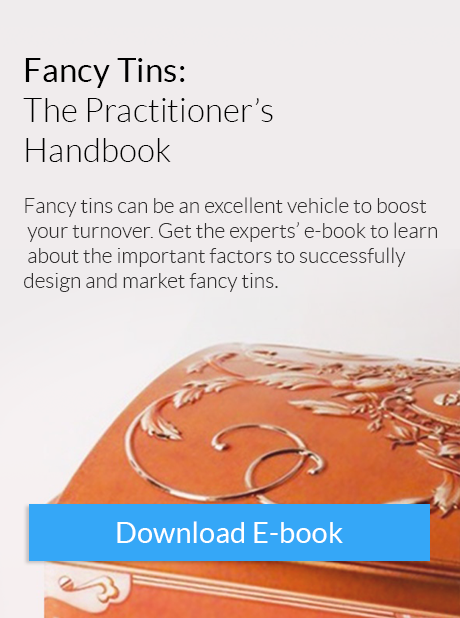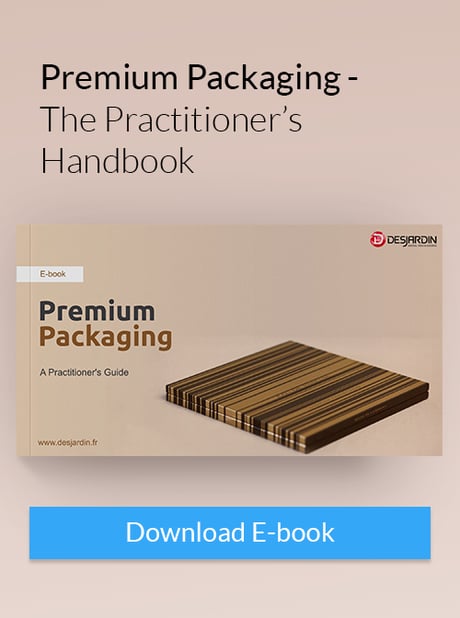Some people call it "hardness," while others involved in packaging design use the terms "firmness and compressibility" to describe the feel when two hands squeeze a product. But distinguishing the differences between texture and hardness can be challenging due to overlapping variations. Here are points for designers to consider that take consumer perceptions of firmness and compressibility into account.
Consumers' Need for Touch
People enjoy touching objects they are curious about, as it helps them process information about the item's basic characteristics, such as size and weight. Since manufacturers and packaging designers are aware of this dynamic, they research various ways to trigger positive feelings from touching packages.
Conducting compression tests on packaging is crucial to determining how well packages can be stacked on top of each other in the shipping process. Force is applied to the face of the package to test how well the corners and edges remain sharp. The lack of sharpness doesn't necessarily mean the same thing to all people, as for some it can trigger feelings of smoothless, yet others may perceive weakness.
Tactile/Haptic Experiences
Understanding how consumers respond to touch and compressibility is more clear by merging the concepts of firmness, compression and texture together. Haptic feedback is used in research to measure human responses to touch. The two different types of haptic feedback are tactile and kinesthetic. Tactile refers to touch tests in which participants use their fingers to feel surfaces, while kinesthetic feedback is based on feelings from sensors in muscles, joints and tendons.
The value of tactile tests is that they can measure vibration, pressure, touch and texture based on activity between the skin's sensors and the brain. Kinesthetic feedback encompasses communication from the fingers to the brain that form perceptions of the object's size and weight. Sensory function communicates messages to the brain how hands feel objects. It's important to remember when conducting such touch tests that the resulting data is very subjective, based on the individual's personal experiences.
In the world of cosmetics, plastic containers commonly contain soft touch resins, creating a soft and pleasant sensation when the consumer holds it in their hands. Other industries, such as pharma and vitamin supplements use similar strategies. An example of how a brand confirmed consumers are impacted by texture and compressibility involved Alli's fat-blocking soft rubber round pill-box that consumers could open with one hand. It was crafted to trigger memories of holding a friend's hand.
Influence of Packaging Finishes
Perhaps that most influential part of a package is its finish, which determines if the feel will be slick, rough, hard or flimsy. Each of these perceptions of touch plays into possible associations the individual makes with emotions and attitudes. A tactile finish on packaging can make a big difference in how it feels and is perceived by consumers.
Using a tactile finish that creates a glossy look invites the consumer to touch the product and engage with it. Other techniques designers can use include textural elements or secondary packaging that encloses the product. Some of the different types of textural options include textured fabrics, UV coating, engraving, etching and raised patterns. For softer products, compressibility is a major concern to match consumer expectations.
Conclusion
As the world of packaging design becomes more competitive on a psychological level, it's important to understand the connections between texture, firmness and compressibility. The more packages can be compressed without being damaged, the easier it is to store and transport those items through the supply chain to the retailer. Compressibility can further be associated with softness, which helps sell items like bread and biscuits.
References
[1] "Haptic Aspects of Multisensory Packaging Design (2019)" , by Charles Spence, Crossmodal Research Laboratory, Department of Experimental Psychology University of Oxford
[2] "Multisensory Packaging Design (2017 - today)" , by Charles Spence
[3] "From Disgust to Desire: How Products Elicit Our Emotions (2004)" , by Pieter M. A. Desmet, in Design and Emotions, edited by Dena McDonagh et al.
[4] "Luxury branding: the industry, trends and future conceptualisations (2015)" , by Yuri Seo and Margo Buchanan-Oliver
[5] "Food packaging: The medium is the message (2010)" , by Corinna Hawkes
[6] "Multisensory design: Reaching out to touch the consumer (2011)", by Charles Spence and Alberto Gallace








